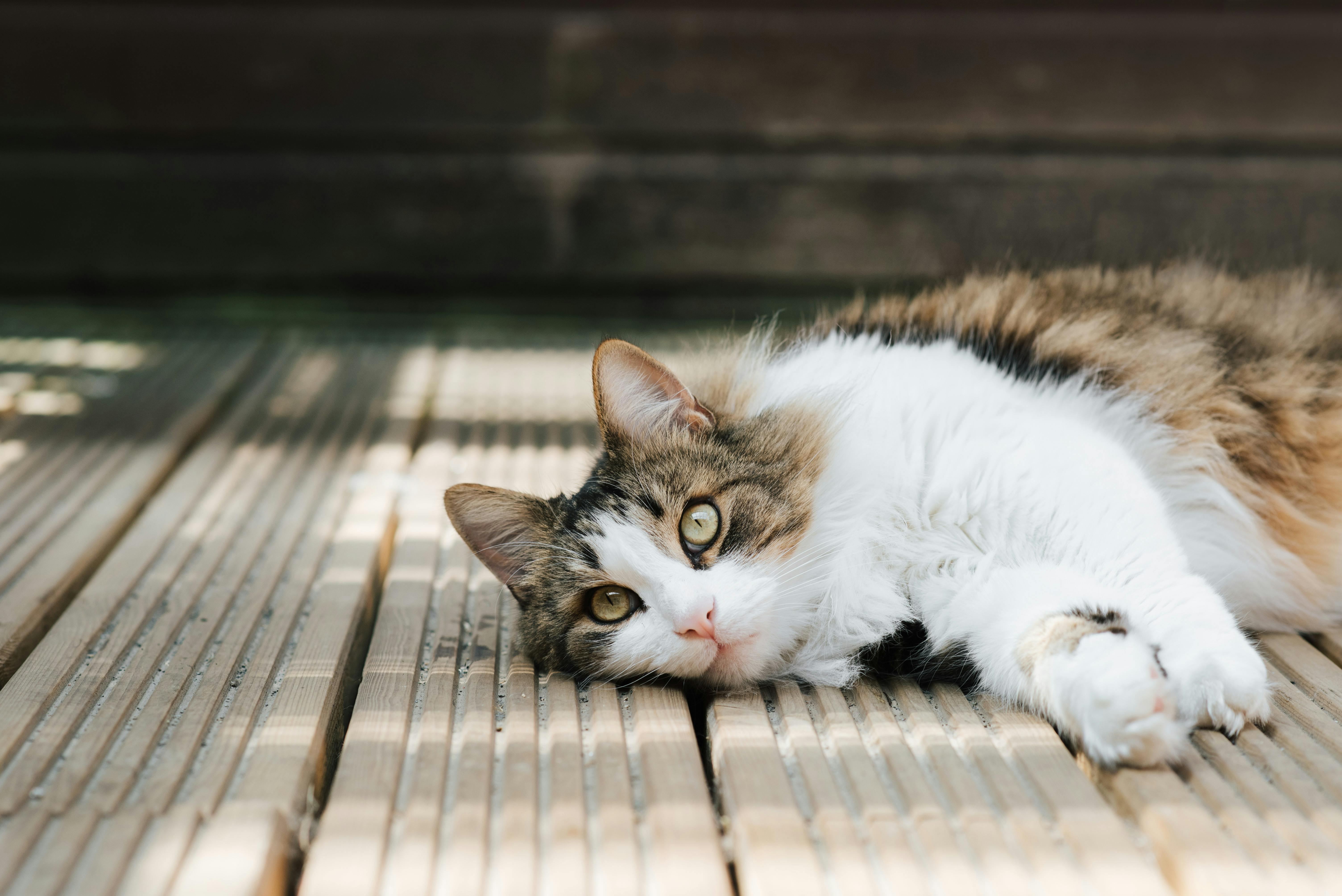
What is the weather like when traveling to Hawaii?
Hawaii is an archipelago made up of hundreds of islands stretching for 1,500 miles. Hawaii’s climate is surprisingly complex. The Hawaiian Islands are in the tropics, but due to the high volcanic mountains, the weather can vary quite a bit. Mauna Kea is the highest peak on the island of Hawaii at nearly 14,000 feet.
hawaiian rain
Precipitation varies widely not only from island to island, but is highly dependent on the elevation of the location and whether the location is oriented upwind or downwind of the northeast trade winds. Rainfall totals of about 20 inches can be expected near high mountaintops and leeward coastal locations. Rather, they will be found up to 300 inches on the windward slopes of the mountains, usually between 4 and 6 thousand feet.
Compare three different locations in Hawaii:
1. Honolulu has a very different wet season and dry season. The dry season runs from April to September, where there is typically only 1/2″ to 1″ of rain each month. During the rainy season, from October to March, about 2 to 3 inches of rain occurs.
2. Hilo is located on the North Shore of Hawaii and faces northeasterly trade winds, resulting in about 126″ of precipitation per year. There is not a dry month, with June having the least rainfall with 7 1/3″. November has the most rain with around 15 1/2″.
3. Mauna Loa is one of the tallest volcanic mountains in Hawaii. Due to its height, almost 14,000 feet high, it is usually above the moist rains of the trade winds. Only about 19″ of annual rainfall occurs with January being the wettest month with around 3 inches of rain.
In general, most places receive their maximum precipitation during the winter months, with Hawaii’s Kona Coast being a notable exception.
Temperatures in Hawaii
Hawaii temperatures are mild to warm year-round at the resorts. Summer high temperatures are usually in the mid to upper 80s with morning lows in the mid 70s. Winter highs are in the upper 70s to near 80s. Keep in mind that it is much cooler in the mountains, especially on the higher slopes of Mauna Loa and Mauna Kea. Daytime highs are in the 50s all year with overnight lows in the 30s most months.
Hawaii Travel Weather Overview
Hawaii has a complex climate and therefore experiences many different types of temperature and precipitation regimes. However, most travelers visit resorts in beach locations that get plenty of sun with only the occasional shower. High volcanic mountains are considerably cooler with much heavier rainfall. Plan to bring a jacket if your trip takes you into the mountains, otherwise the temperatures are usually very comfortable.